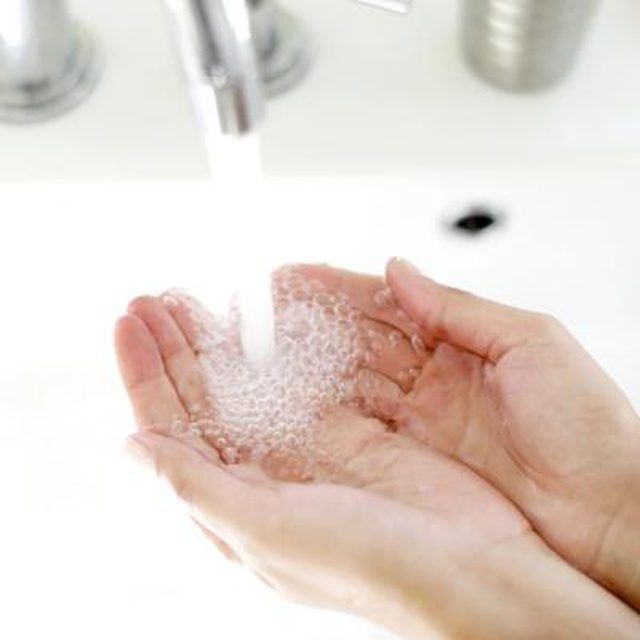Bulbs
Flower Basics
Flower Beds & Specialty Gardens
Flower Garden
Garden Furniture
Garden Gnomes
Garden Seeds
Garden Sheds
Garden Statues
Garden Tools & Supplies
Gardening Basics
Green & Organic
Groundcovers & Vines
Growing Annuals
Growing Basil
Growing Beans
Growing Berries
Growing Blueberries
Growing Cactus
Growing Corn
Growing Cotton
Growing Edibles
Growing Flowers
Growing Garlic
Growing Grapes
Growing Grass
Growing Herbs
Growing Jasmine
Growing Mint
Growing Mushrooms
Orchids
Growing Peanuts
Growing Perennials
Growing Plants
Growing Rosemary
Growing Roses
Growing Strawberries
Growing Sunflowers
Growing Thyme
Growing Tomatoes
Growing Tulips
Growing Vegetables
Herb Basics
Herb Garden
Indoor Growing
Landscaping Basics
Landscaping Patios
Landscaping Plants
Landscaping Shrubs
Landscaping Trees
Landscaping Walks & Pathways
Lawn Basics
Lawn Maintenance
Lawn Mowers
Lawn Ornaments
Lawn Planting
Lawn Tools
Outdoor Growing
Overall Landscape Planning
Pests, Weeds & Problems
Plant Basics
Rock Garden
Rose Garden
Shrubs
Soil
Specialty Gardens
Trees
Vegetable Garden
Yard Maintenance
How to Bleed Your Water Pump for Wells in the Ground
How to Bleed Your Water Pump for Wells in the Ground. Cool, crisp water is a delightful drink and the essence of life. Many people still value the purity of their water and opt to stay on or use a well to obtain their household's water rather than connect to the city's supply. However, pipes need to be able to bleed, or drain, excess water into the...

Cool, crisp water is a delightful drink and the essence of life. Many people still value the purity of their water and opt to stay on or use a well to obtain their household's water rather than connect to the city's supply. However, pipes need to be able to bleed, or drain, excess water into the surrounding ground to relieve pressure or disperse water. Draining the holes, when they are not self-draining, is simple and should be done every few months.
Things You'll Need
Work gloves
Galvanized submersible water tank
Ensure that the water tank is completely connected to the submersible pump in the well.
Examine the water tank to find either the valve in the bottom of the tank or remove the plug.
Ensure that all the water valves connected to the tank are turned off to prevent the pump from turning on while opening the valve.
Remove the plug or unscrew the valve opening slowly at the bottom of the small water tank.
Allow the water to completely drain until the pump begins to fill it back up. Replace the cap securely either by pressing it in or screwing it.
Tips & Warnings
This method is more common on older wells, as newer pumps are equipped with a bleeder before being installed, and automatically allow air and water in and out.